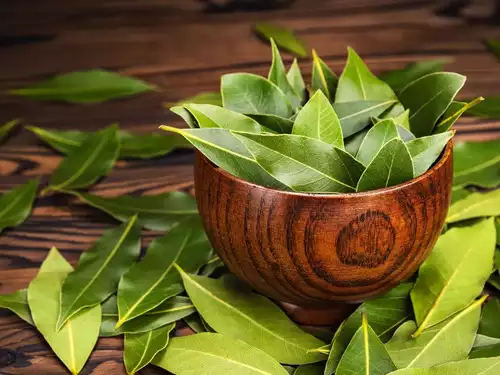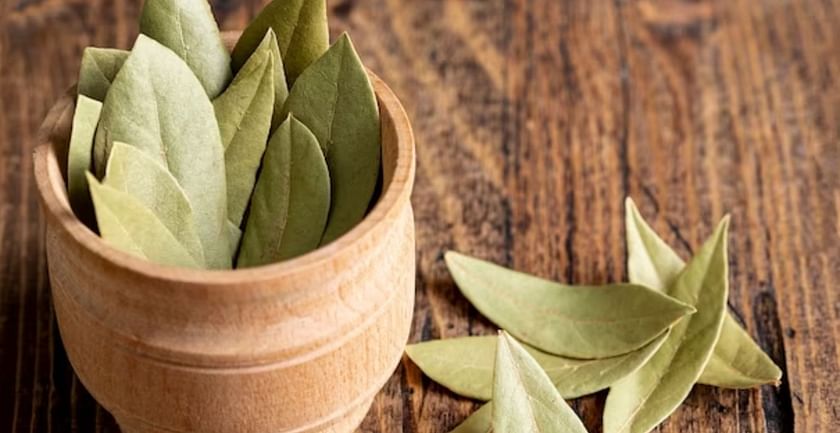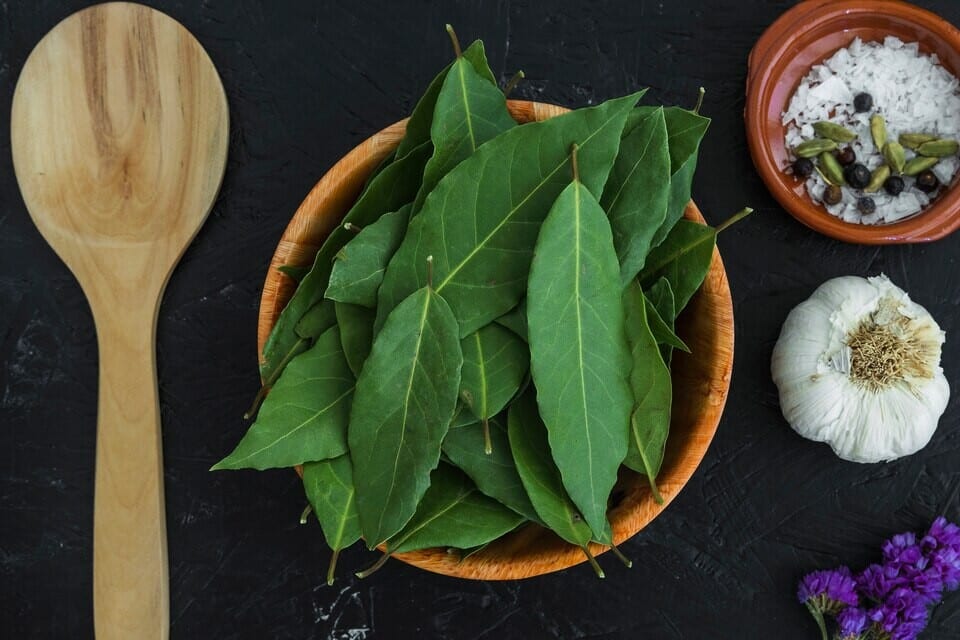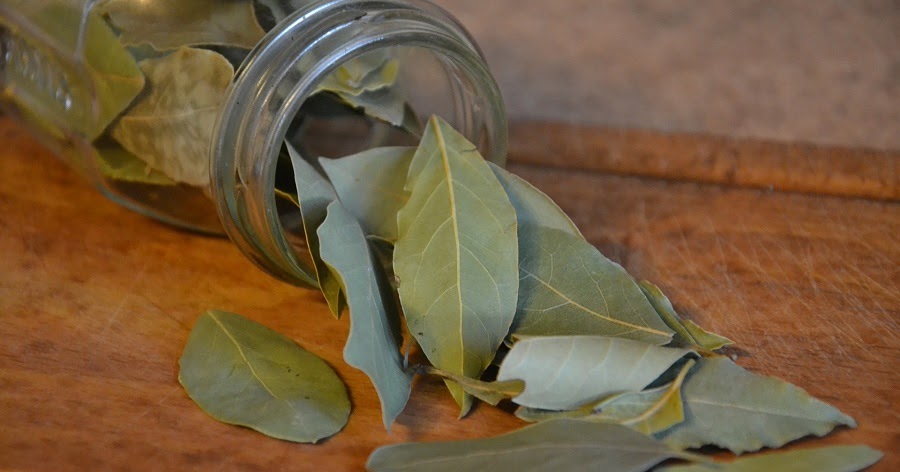Tej Patta and its cultural significance?

Tej Patta, also known as Indian bay leaf, is not merely a culinary herb or a medicinal plant; it embodies a rich tapestry of cultural significance deeply woven into the fabric of Indian heritage. From ancient rituals to modern-day traditions, Tej Patta holds a prominent place in the cultural landscape of India, symbolizing a blend of aromatic allure, culinary mastery, and spiritual reverence.
In Indian cuisine, Tej Patta is a ubiquitous ingredient, gracing the kitchens of households across the country. Its distinctive aroma and flavor infuse richness into curries, biryanis, and other traditional dishes, elevating them to culinary excellence. The mere presence of Tej Patta in a simmering pot conjures images of home-cooked meals, family gatherings, and the comforting embrace of familiar flavors.
Beyond its culinary prowess, Tej Patta plays a vital role in religious ceremonies and rituals. In Hinduism, it is often used as an offering to deities during prayers and auspicious occasions. The fragrant smoke arising from burning Tej Patta leaves during religious ceremonies is believed to purify the surroundings and invoke divine blessings. Its presence in religious rituals symbolizes sanctity, spiritual purity, and a connection to the divine.
Moreover, Tej Patta holds significance in the realm of traditional medicine and wellness practices. In Ayurveda, the ancient Indian system of medicine, Tej Patta is revered for its myriad health benefits and therapeutic properties. Its use in herbal remedies dates back centuries, with practitioners harnessing its digestive, respiratory, and metabolic healing properties to restore balance and vitality to the body and mind. The holistic approach of Ayurveda emphasizes the interconnectedness of physical, mental, and spiritual well-being, and Tej Patta serves as a potent symbol of this holistic paradigm.
In Indian folklore and mythology, Tej Patta is often associated with tales of valor, romance, and divine intervention. Legends abound with references to Tej Patta as a symbol of strength, courage, and resilience. In the epic Ramayana, the hero Rama is said to have wandered the forests in search of his abducted wife, Sita, surviving on wild herbs and leaves, including Tej Patta. The leaf’s endurance in the face of adversity mirrors the indomitable spirit of the human soul and serves as a source of inspiration for generations.
Furthermore, Tej Patta finds its place in the realm of traditional arts and crafts, where its delicate leaves adorn intricate patterns and designs. From intricate rangoli motifs to ornate floral arrangements, Tej Patta adds a touch of natural elegance to festive decorations and ceremonial displays. Its vibrant green hue and aromatic fragrance imbue celebrations with a sense of vitality, abundance, and joy, making it an indispensable element of Indian cultural festivities.
In Indian literature and poetry, Tej Patta often serves as a metaphor for life’s myriad experiences and emotions. Poets and writers draw inspiration from its fragrance, texture, and symbolism to evoke themes of nostalgia, longing, and spiritual enlightenment. The gentle rustle of Tej Patta leaves in the breeze evokes memories of bygone days, weaving a tapestry of stories and sentiments that resonate across generations.
Moreover, Tej Patta holds significance in the culinary traditions of various Indian communities, each infusing it with their unique flavors and culinary techniques. From the fragrant biryanis of Hyderabad to the spicy curries of Kerala, Tej Patta forms an integral part of regional cuisines, reflecting the diversity and cultural richness of the Indian subcontinent. Its versatility in both savory and sweet dishes underscores its adaptability to a myriad of culinary creations, transcending geographical boundaries and culinary conventions.
In conclusion, Tej Patta stands as a testament to the enduring legacy of Indian culture, spanning the realms of cuisine, spirituality, art, and literature. Its aromatic allure, culinary versatility, and therapeutic properties embody the essence of Indian heritage, weaving a tapestry of tradition, symbolism, and sensory delight. As we unravel the cultural significance of Tej Patta, we embark on a journey of discovery, appreciation, and reverence for the timeless wisdom and beauty encapsulated within its vibrant green leaves.
FAQ:
- What is Tej Patta? Tej Patta, also known as Indian bay leaf or Cinnamomum tamala, is an aromatic leaf commonly used in Indian cooking and traditional medicine.
- What is the cultural significance of Tej Patta? Tej Patta holds significant cultural importance in Indian cuisine and Ayurveda. It is used to add flavor to dishes and has been revered for its medicinal properties for centuries.
- What are the traditional uses of Tej Patta? In Ayurveda, Tej Patta is used to aid digestion, improve respiratory health, regulate blood sugar levels, and promote overall well-being.
- How is Tej Patta used in cooking? Tej Patta is often added to curries, rice dishes, soups, and stews to enhance flavor and aroma. It is usually added whole during cooking and removed before serving.
- What are the health benefits of Tej Patta? Tej Patta is believed to have digestive, respiratory, and metabolic benefits. It may help alleviate digestive issues, ease respiratory congestion, and regulate blood sugar levels.
- Can Tej Patta be used in herbal remedies? Yes, Tej Patta is used in various Ayurvedic formulations and herbal remedies to address a range of health concerns, including indigestion, cough, cold, and diabetes.
- How does Tej Patta contribute to Ayurvedic practices? Tej Patta plays a key role in Ayurvedic medicine by balancing the doshas (Vata, Pitta, and Kapha), supporting overall health, and promoting holistic wellness.
- Is Tej Patta safe for consumption? When used in culinary amounts, Tej Patta is generally safe for consumption. However, excessive consumption may lead to adverse effects, and individuals with certain medical conditions should consult with a healthcare professional before use.
- Where can I find Tej Patta? Tej Patta can be found in Indian grocery stores, specialty spice shops, and online retailers offering spices and herbs.
- Can Tej Patta be grown at home? Tej Patta trees can be grown in suitable climates, but they require specific conditions to thrive. It is more common for Tej Patta to be cultivated commercially in regions like India, Nepal, and Bhutan.
Related Posts
What is the use of Tej Patta in cooking?
-
Posted by
akshita aishwarya
- 1 comment
Tej Patta and its traditional uses in Ayurveda?
-
Posted by
akshita aishwarya
- 1 comment






One thought on “Tej Patta and its cultural significance?”